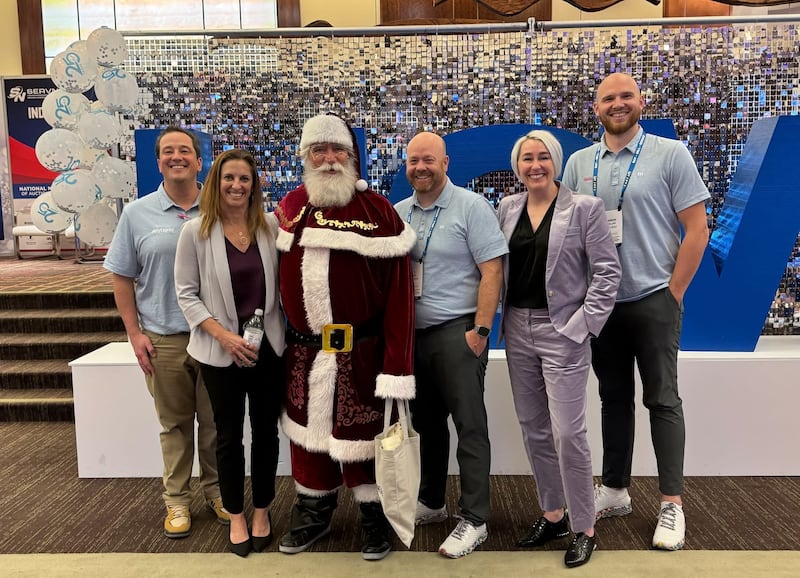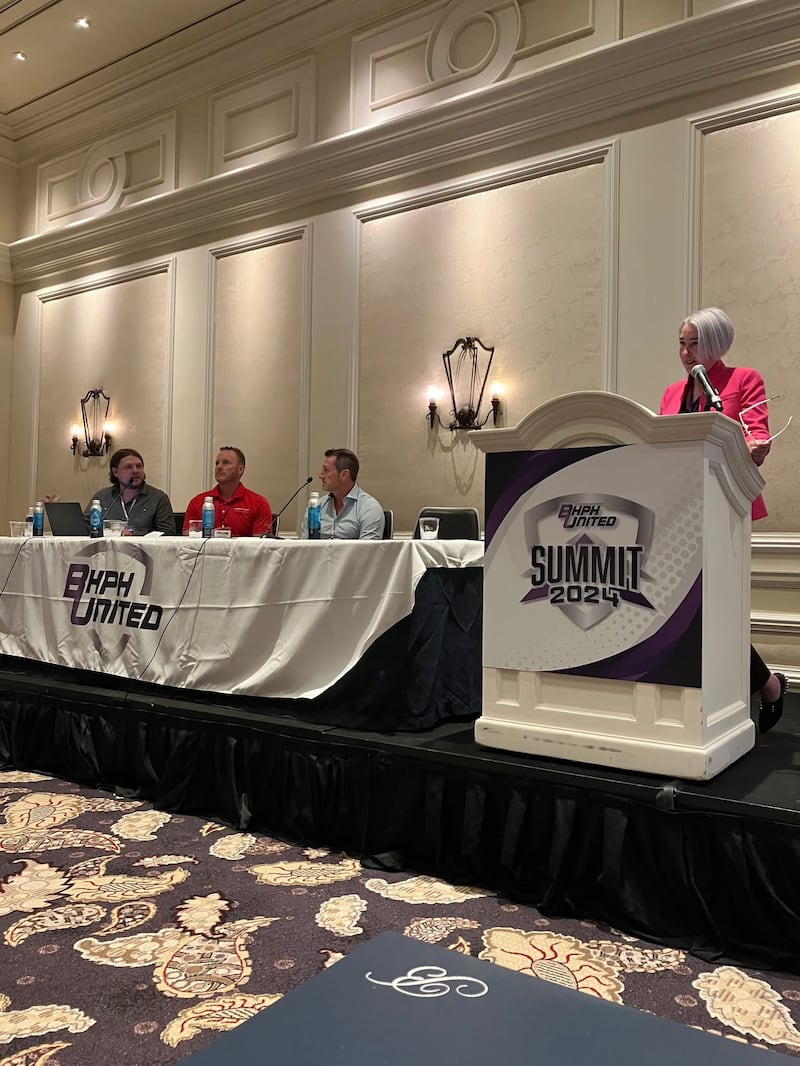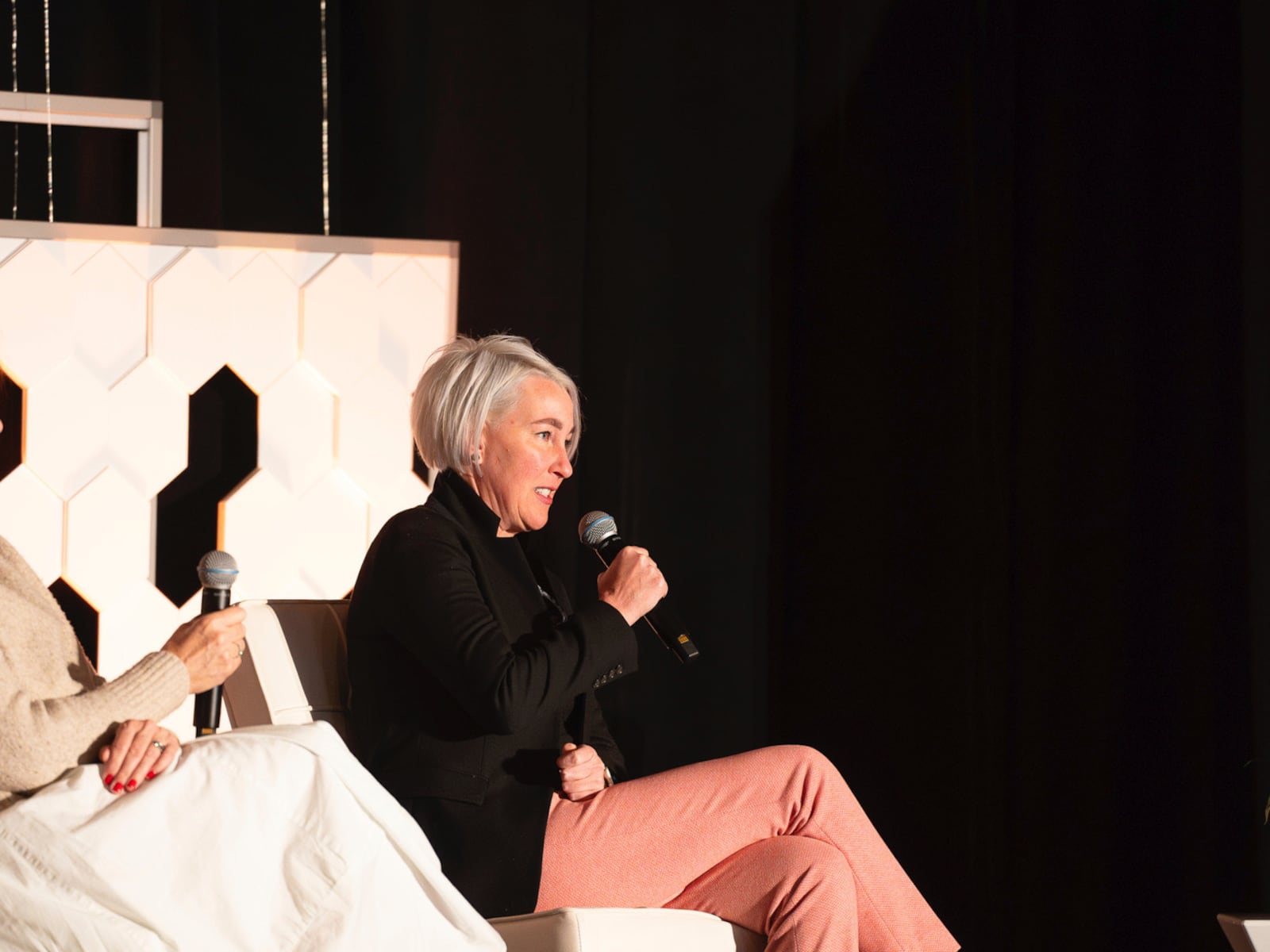When I was very young, my parents experienced a significant financial reversal, which profoundly shaped my relationship with money. They did their best to make ends meet, but there were days when the refrigerator felt empty while the kitchen table felt full of bills. Sometimes, even the basics, like electricity, felt like a luxury. I can still vividly remember my mother heating water on our stove at bath time.
The level of financial stress we experienced as a family took a serious toll on all of us. I learned at an early age that the value of money isn’t just about what it can buy but about the weight it carries in terms of securing stability. I also learned that our society stigmatizes people who find themselves in tough financial situations. I often felt “less than” my friends, who always seemed to have enough; while I was the kid who paid for school lunches with loose change my mother and I counted together.
I was deeply embarrassed, but it made me scrappy. I learned to be resourceful, and I understood the value of money in a way that many kids my age couldn’t. But even more importantly, my upbringing fostered a deep well of empathy within me. I became attuned to the subtle signs of financial stress in others and could relate to the emotional and mental burdens that type of stress creates.
So many people are out there working their tails off and doing their best to make ends meet, yet they still struggle. It’s easy to assume that they aren’t trying hard enough, but the reality is far more complicated. Financial literacy, or lack thereof, is often generational and very cyclical. It’s far easier to learn how to manage money when you have good examples around you. When you don’t have those role models, you’re left to fend for yourself with no tools for success.
Often, people face forces beyond their control — like job loss, family of origin, unforeseen medical expenses or the systemic inequality that has led to a racial wealth gap. Money isn’t just a matter of effort; it’s a matter of circumstance, and I’ve learned to look at others through that lens.

The bill that changed everything
Fast forward a couple of decades, and I was no longer struggling. In fact, I was doing well enough to occasionally help out friends and family who were experiencing the terror that comes along with financial uncertainty.
Then, one day, I got a transformative piece of mail. It was a dermatologist bill for $17. I thought, “Oh, I’ve gotta pay this,” but just like many people do every day, I put it down on the counter, walked away and forgot about it. It wasn’t that I didn’t have the intention to pay my debt, and it wasn’t that I couldn’t pay it — I had more than enough — it was that the process of paying it was inconvenient and time-consuming.
Over the next six months, I kept getting reminders for that $17 bill, and I kept putting them down and walking away. Finally, I got a collection notice. At that point, I had to pick up the phone and have an embarrassing conversation with an overworked collections agent, then find a check, stamp and envelope — things that no one has anymore. It all felt so cumbersome and unnecessary.
The experience of being sent to collections shifted my perspective on how the financial system operates and led to an epiphany: In an era where everything from shopping to communication happens instantly, why was the bill pay and collections process so outdated? Why couldn’t paying a bill be as easy as tapping a button on my phone? I decided that it could — and should.
The birth of BlytzPay
That day, I sat down at my kitchen table with a piece of paper — nothing fancy, just a regular sheet of computer paper — and started to sketch out what a better way to engage with payments might look like. I’m not a super technical person, so I wasn’t focused on building code or designing a platform. I simply started with the concept of making payments as easy as responding to a message.
Why couldn’t I get a text reminder with a simple link to pay that $17 debt or even text my payment directly to the dermatologist, just like sending a message to a friend? The idea of using text to handle payments felt almost revolutionary in its simplicity, and BlytzPay was born.
My goal was straightforward: to create a seamless, user-friendly platform that would allow consumers to pay their bills via text. I knew the convenience of paying with just a few taps on the phone could drastically reduce barriers to timely payments and eliminate some of the stress, inconvenience and damage that comes from late fees and collections.
Many people I trusted told me that the technology already existed and that I was wasting my time, but I remained undeterred. One potential investor even told me: “I don’t understand the problem or your vision — doesn’t everyone just use their bank to pay bills?”

Humanizing collections
I initially decided to focus on a group in an industry ripe for change: buy-here-pay-here (BHPH) automobile dealers and lenders. This group’s payment needs are diverse and don’t fit neatly into a single method or box, which excited me.
I actually landed in the BHPH realm by accident. I had no idea how underserved dealers and finance companies in this space were — and still are — from a technology perspective. This is a problem the people who buy from them share: they are truly an overlooked, underrepresented “statistic” rather than being recognized as a huge subset of everyday people who lack the attention they so desperately need and deserve. A staggering 25 percent of U.S. households, in fact, are unbanked or underbanked and struggle to pay bills using traditional methods.
I started digging into the current state of BHPH collections and found some alarming statistics. For example, a typical collector spends 30 percent of their time cashiering, often helping consumers piece together payments across multiple sources — whether it’s splitting a payment across two, three or even four different cards or pulling from checking accounts and cash reserves. This results in long, tedious conversations where the collections agent waives fees, enters card details and makes sure everything is processed correctly.
I wanted to create technology that served those overburdened collections agents and the merchants that employ them. I wanted to do more than just streamline payments; I wanted to offer empowering, respectful, human-centered solutions that put power back in the hands of consumers while freeing up collectors’ time and giving companies tools to connect with their customers.
Then and now
When I launched BlytzPay, I knew that building a successful business would require more than just a great idea — I needed to surround myself with the right people. But I’ll be transparent: I didn’t find many of those people in the beginning, and I more or less willed BlytzPay forward for years to keep my dream alive.
I needed to assemble a team of trusted colleagues who believed in my vision and were ready to roll up their sleeves and dive in alongside me. These people would know my strengths, understand my weaknesses and be willing to take risks. In industries like BHPH and beyond, flexibility is key, so I also needed a team that was incredibly passionate about finding solutions that would meet people where they are and make it simple for them to pay, however and wherever they wanted.
I’m happy to report that, eight years after launching, I’ve found my team. It took a long time — and a lot of figurative blood and literal sweat and tears — to get here, but we’re thriving. We just moved into a new office space because we’re growing so quickly. We have a shared commitment to coming up with tech advances that make life easier — not just for consumers but for businesses that depend on timely payments and healthy customer relationships.
I feel incredibly fortunate and blessed that I get to wake up every day and solve real-world problems in ways that feel easy and intuitive alongside such smart, empathetic, accomplished people. Our collective commitment to my blue sky vision of modernizing the payments industry is the catalyst that BlytzPay needed to grow.
The key thing I want people to take away from my story is that professional inspiration often comes from personal frustration and sacrifice. I know what it feels like to not be able to pay a bill because the money isn’t there, and I also know what it feels like to be able to afford a bill but still fail to pay it because of the hassle and inconvenience involved.
Innovation isn’t always about inventing something new; it’s about recognizing the minor inefficiencies that make life tough and finding simple ways to solve them. And that’s exactly what we’re doing at BlytzPay.


